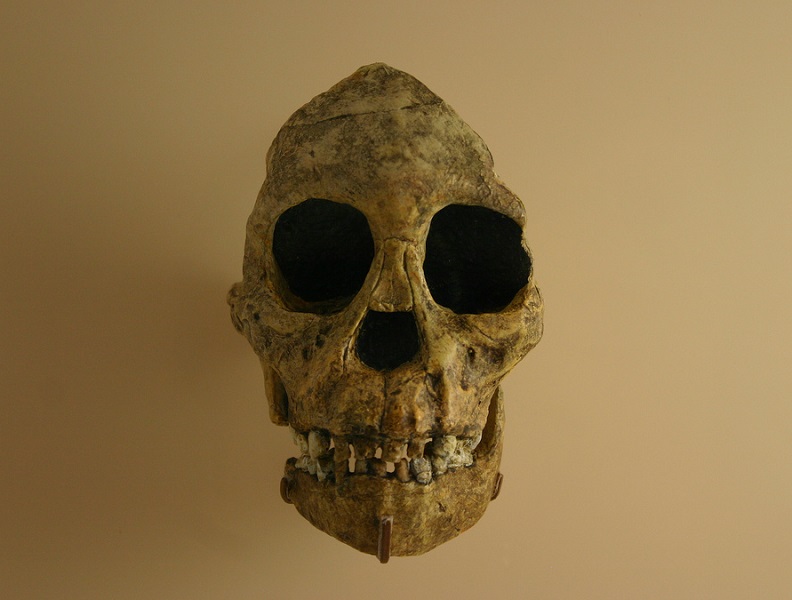-
Tips for becoming a good boxer - November 6, 2020
-
7 expert tips for making your hens night a memorable one - November 6, 2020
-
5 reasons to host your Christmas party on a cruise boat - November 6, 2020
-
What to do when you’re charged with a crime - November 6, 2020
-
Should you get one or multiple dogs? Here’s all you need to know - November 3, 2020
-
A Guide: How to Build Your Very Own Magic Mirror - February 14, 2019
-
Our Top Inspirational Baseball Stars - November 24, 2018
-
Five Tech Tools That Will Help You Turn Your Blog into a Business - November 24, 2018
-
How to Indulge on Vacation without Expanding Your Waist - November 9, 2018
-
5 Strategies for Businesses to Appeal to Today’s Increasingly Mobile-Crazed Customers - November 9, 2018
What Human Ancestors Hear During Their Time
Two million-year-old fossils revealed early humans ancestors’ hearing patterns were similar to that of modern chimpanzees.
Advertisement
It involved two ape species, the Paranthropus robustus and Australopithecus africanus, which were both found from South Africa. They chose the two species featured in the study because there was ample information about their internal anatomy, and many remains included ear bones that were left intact. It was said that the species had better hearing ability than chimps or people in a range from about 1.0-3.0 kilohertz in a savanna habitat. Within this same frequency range, which encompasses numerous sounds emitted during spoken language, chimpanzees and most other primates lose sensitivity compared to humans.
Dr. Quam said the research team is trying to figure out when and why humans evolved from a chimp-like hearing pattern to develop their present state of hearing.
“Compared with chimpanzees, both early hominin taxa show a heightened sensitivity to frequencies between 1.5 and 3.5 kHz and an occupied band of maximum sensitivity that is shifted toward slightly higher frequencies”, Quam and his colleagues wrote in their study.
Further, it was noticed that this auditory pattern could have been favorable in particular for life on the savanna.
Next, researchers hope to determine how hearing went from a chimp-like pattern to a more human-hearing pattern.
“Their auditory pattern would have been beneficial if they were moving out on to the savannah and engaging in short-range communication”, Quam adds.
New study reveals that human ancestors who lived two million years ago heard the world very differently than modern humans do. They used Connecticut scans and virtual models based on fossils that had been discovered by archaeologists. Our species emerged 200,000 years ago. These sounds are used commonly in human communication today-most notably as found when we pronounce the letters “F”, “K”, “S”, “T”, and “Th”.
“I applaud them for trying to do it”, said Bernard Wood, a professor of human origins at The George Washington University in Washington, D.C. “But my concern is that there are a whole bunch of assumptions that they have made about hominin ears”.
“They certainly could communicate vocally”, Quam said in a statement. Our earliest ancestors likely also communicated nonverbally, using gestures and facial expressions just as much as they used sounds to alert others of danger or to show them the way somewhere. “All primates do. But human language emerged during our evolutionary history at some time after the existence of these early humans”.
Advertisement
Retreating to the forest might have been necessary, since humans were on the menu at the time for a wide range of large predators, such as leopards, lions and hyenas.




























